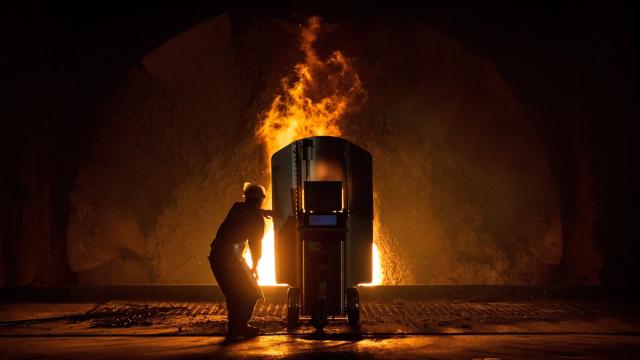Steel undergirds much of modern society. Buildings, cars, medical supplies, you name it, steel is there. But it also represents one of humanity’s greatest threats.
Owing to an incredibly energy-intensive manufacturing process, steel is a massive source of carbon pollution that rivals the emissions of some countries.
Figuring out how to build out a future that’s at once durable and carbon-free will be one of the greatest challenges of the decarbonization era. To understand how to do that, you have to understand how steel is made. It’s an incredible process, one that involves shiny suits, blast furnaces, and molten iron.
Steel Requires Incredible Amounts of Heat
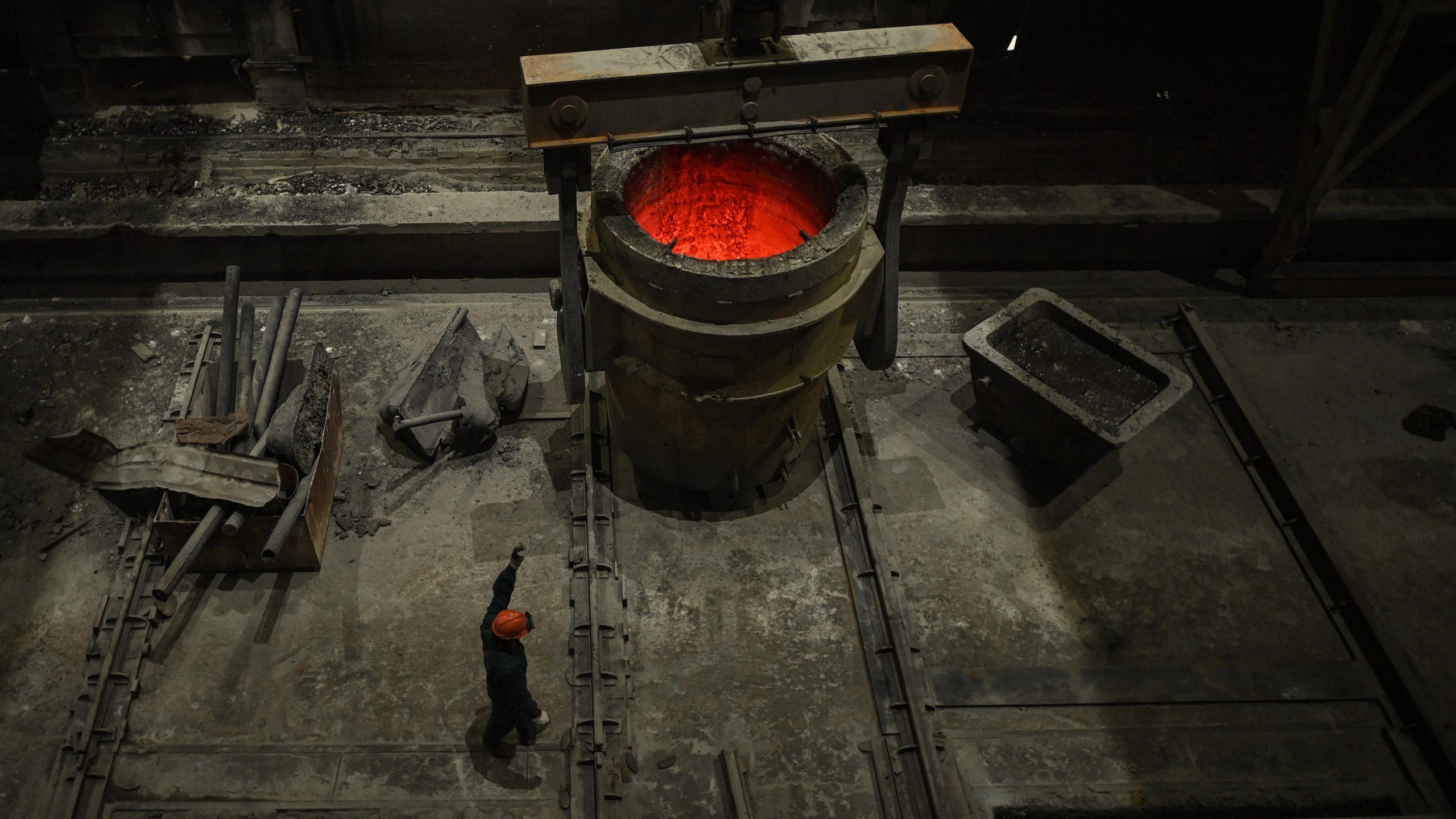
The process to make steel involves mixing iron ore with carbon as well as other elements to give it strength. To do that, though, requires it to be in liquid form. And to turn iron into liquid requires heat. Lots of it. Steel furnaces crank up to 1,650 degrees Celsius. That creates an atmosphere that’s essential to steelmaking. However, it’s not as simple as melting iron and carbon and calling it good. Instead, other processes have to happen.
Impurities Need to Be Removed

The steel ingredients need to be refined before they come together. That starts with the source of carbon: coal, which is ground into a powder and put in a blast furnace. There, it melts and cooks for up to 24 hours so that impurities like tar can be removed. What’s left is coke, a carbon-rich, purer version of coal.
That and the iron are then melted down together to form something called pig iron. This process, though, still has a fairly high carbon content. Iron and carbon-enriched iron are both too weak for use as steel. To reduce the carbon content from the single-digit percentages down to a few tenths of a per cent requires blowing oxygen through the molten metal. Carbon latches onto the oxygen to form carbon dioxide, which is whisked away.
Electric Arc Furnaces Offer Another Technique
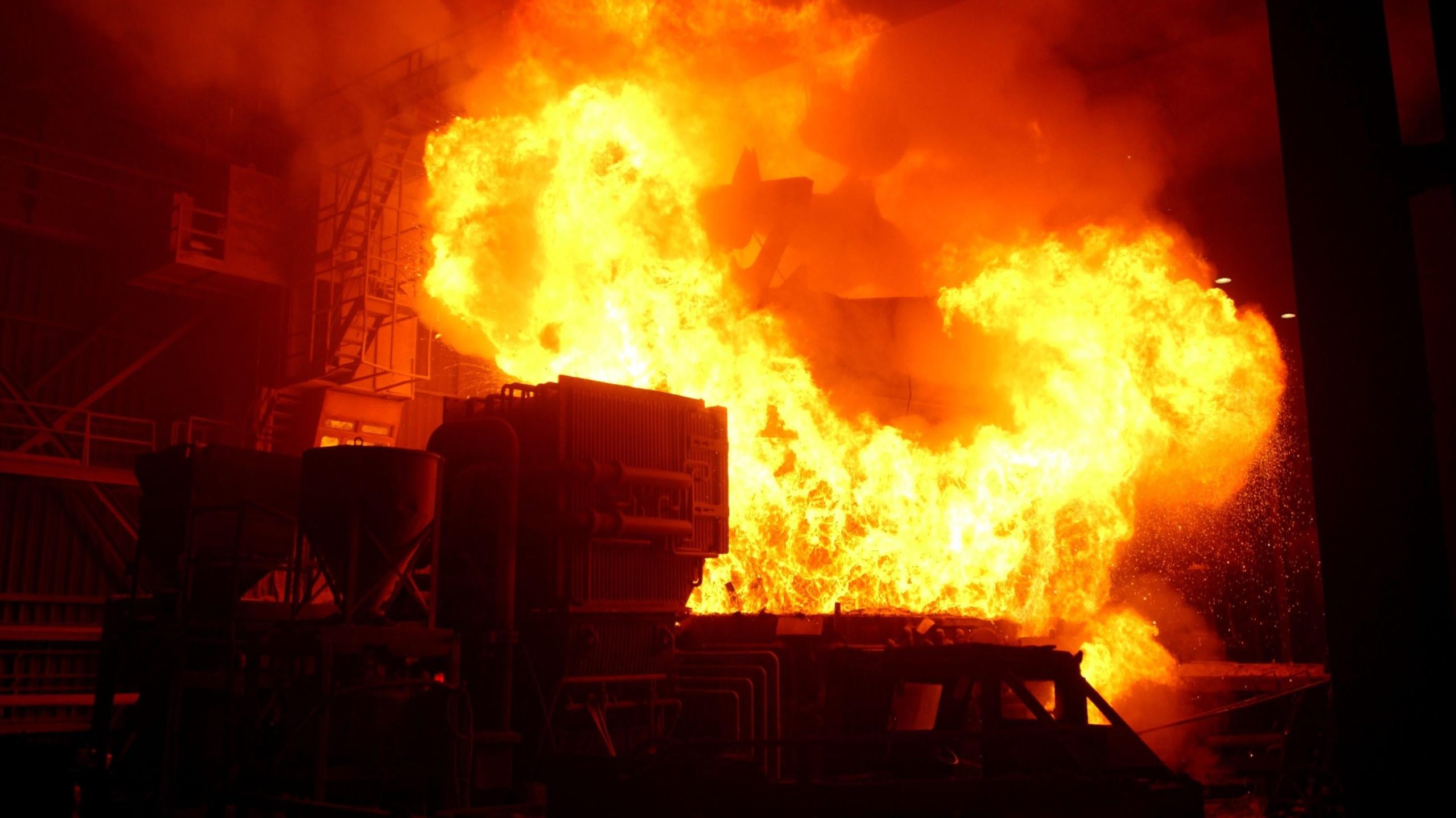
Some steel mills use a different technique that involves using electricity. Known as an electric arc furnace, this technique also allows mills to recycle steel scrap. This technique, though, is less common than the basic process using oxygen.
China Is the Biggest Steel Producer — by a Long Shot
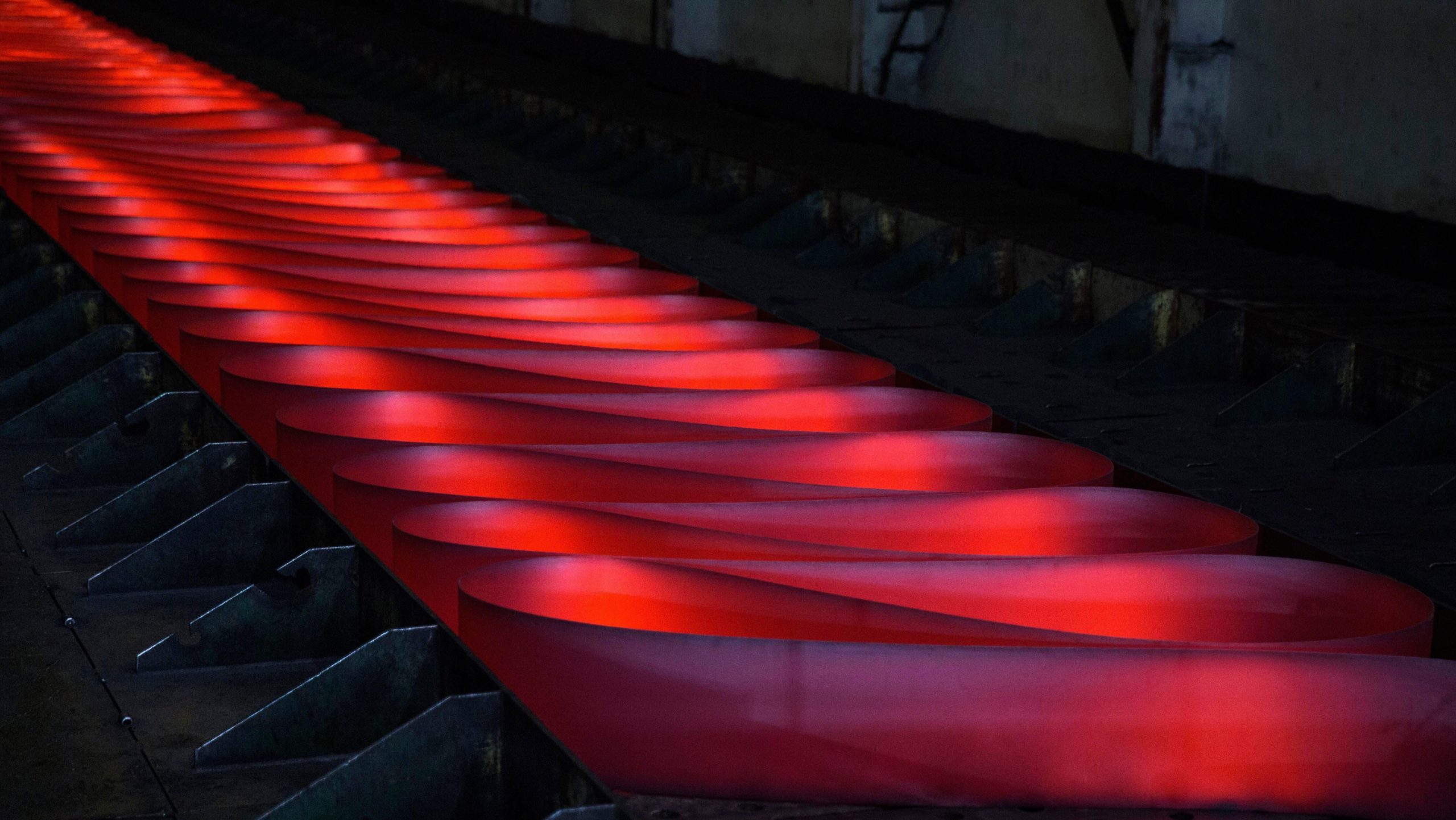
China is the world’s top source of steel, so much so that the World Steel Association’s monthly press releases show production in China versus the rest of the world. In September, the last month of available data, China produced 74 million tons of crude steel. That’s half of all production globally.
The industry is more loosely regulated there than in other countries and relies heavily on polluting processes. And that has huge implications for the climate.
Steel-making Emits Nearly as Much as Carbon Dioxide as the EU
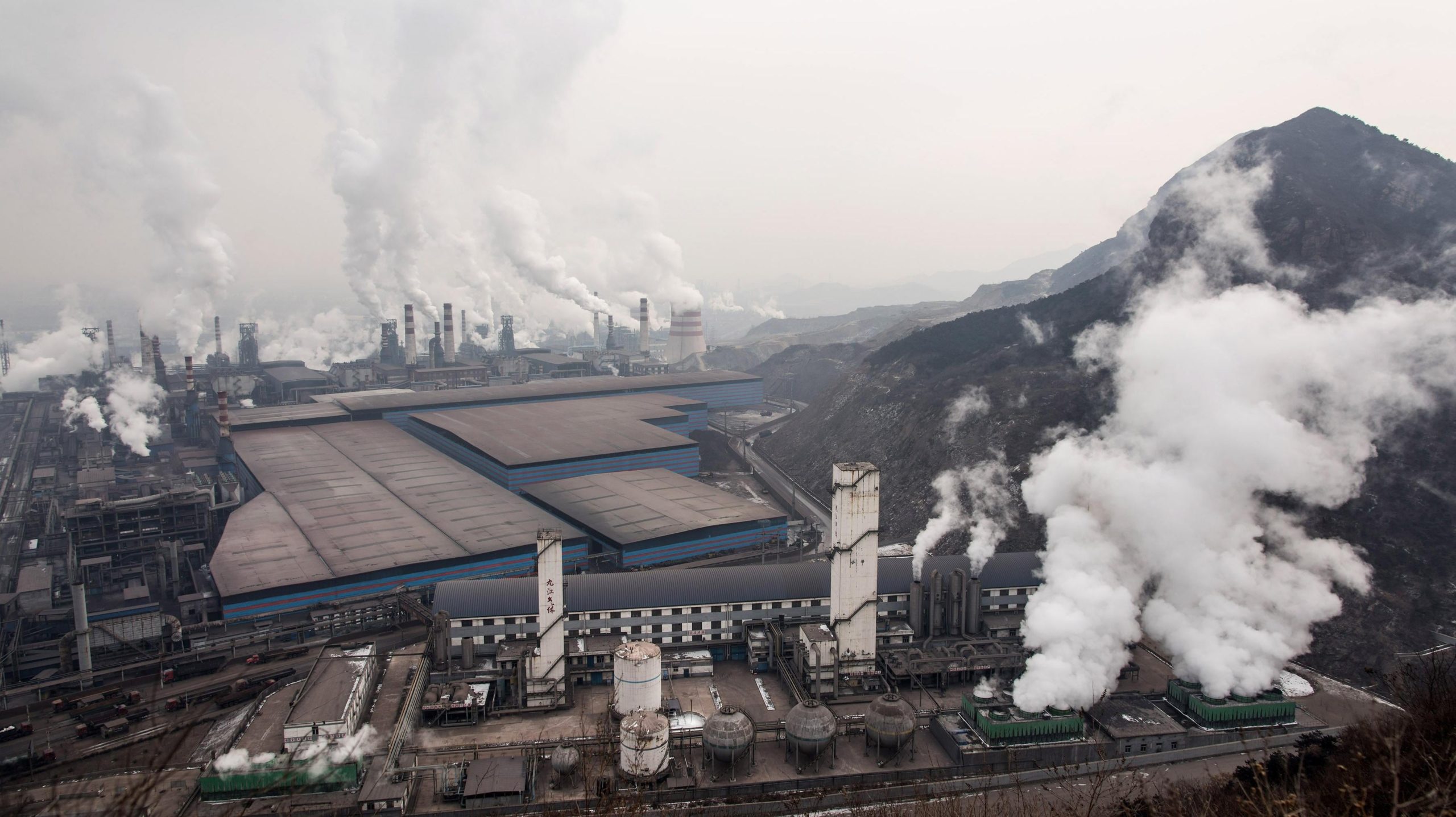
The use of coal coupled with the need for such high heat give steel a monster carbon footprint. A report put together earlier this year by Global Energy Monitor, a collective of journalists and climate advocates, found that 552 steel plants around the world account for 9% of all global carbon emissions. Those plants are responsible for 82% of all steel production, so the total is likely even higher.
It’s a staggering tally to consider. If the steel industry were a country, its emissions would slot in just a hair below the EU and well above India, good for the fourth-largest emitter on Earth. In China, the world’s largest emitter, the steel industry is responsible for 17% of its total emissions.
A Ton of Steel Produces 1.9 Tons of Carbon Dioxide
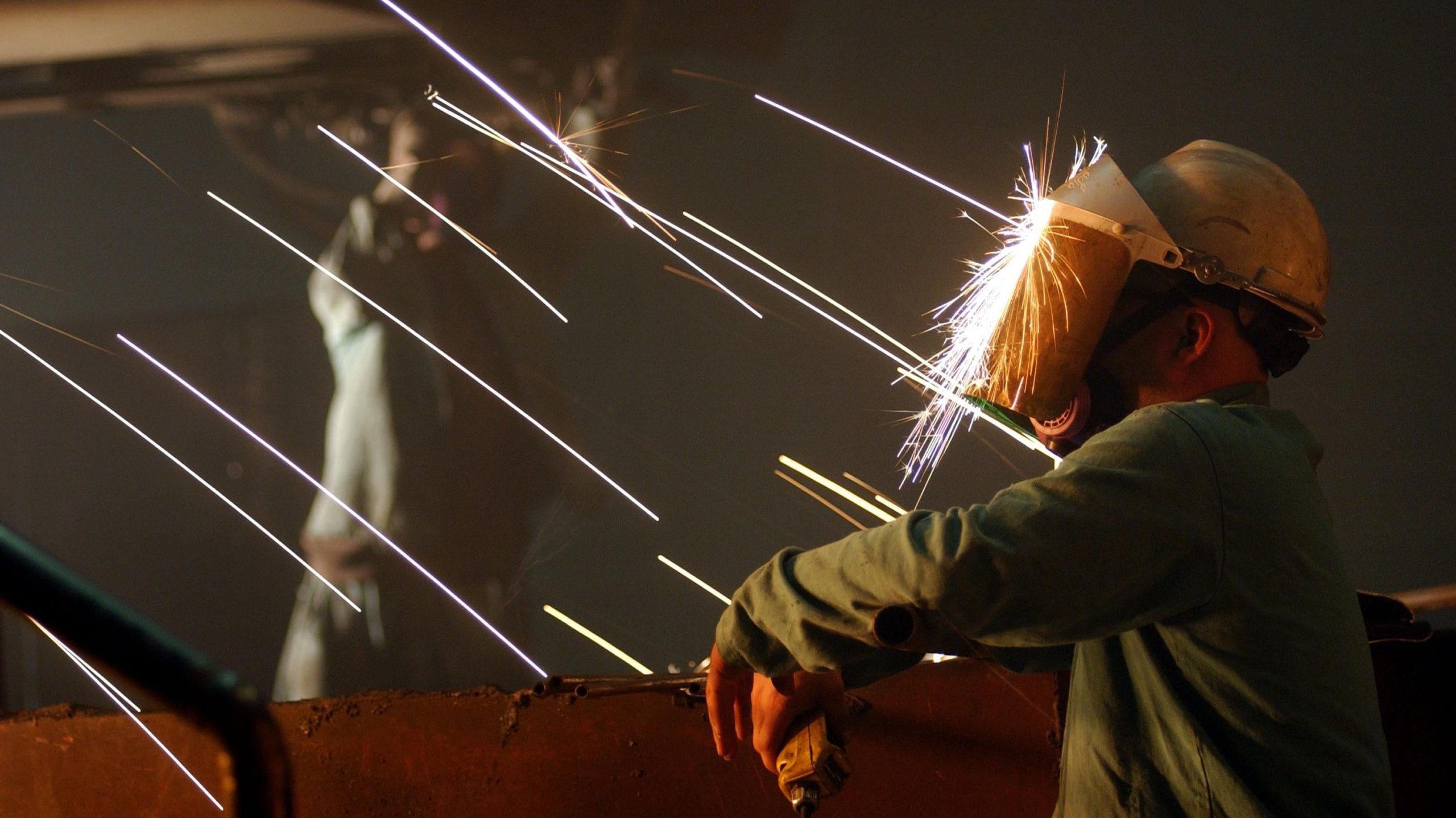
To really understand how carbon-intensive steel is, consider this: Producing a ton of it emits 1.9 tons of carbon dioxide. That number has actually risen a little from 1.8 tons just three years ago.
To give you a sense of the scale, the world produced 1.4 million tons of steel in September, which equals 2.7 million tons of carbon dioxide that month alone. That’s roughly equal to the emissions from 585,000 American cars for a whole year. It’s a big freaking emitter, OK?
The Steel Is Failing Behind Climate Goals
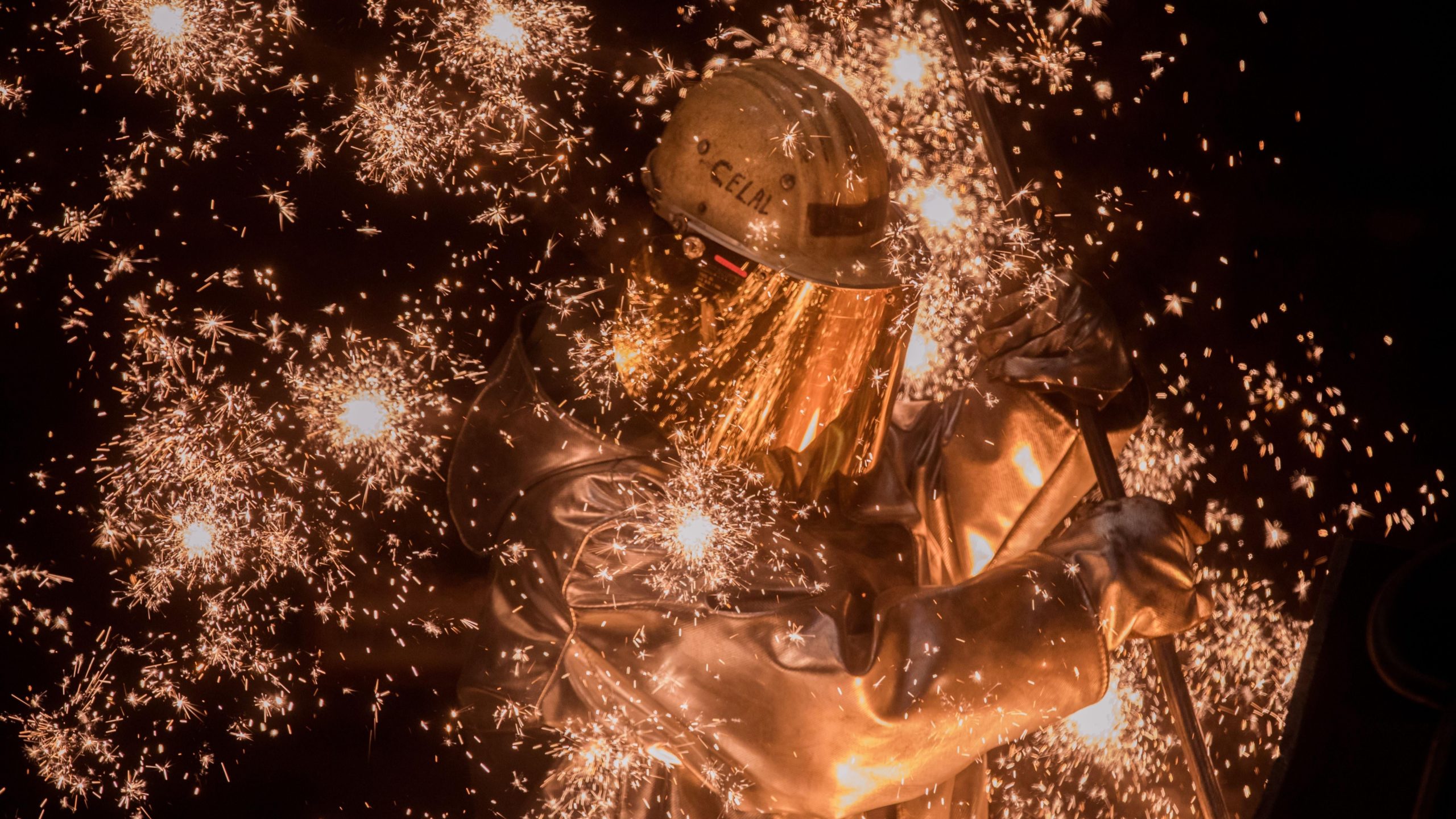
Unfortunately, there’s no easy route to winding down those emissions quickly. Even more unfortunately, we’re trending in the wrong direction. An International Energy Agency report released just last week found that the steel industry is off course from aligning with the 1.5-degree-Celsius (2.7-degree-Fahrenheit) target. The IEA’s Net Zero Emissions by 2050 Scenario shows steel emissions must decline by 4% every year this decade. Current steel technology is just not there to do it at the scale needed, and the IEA notes that “energy efficiency improvements will likely soon be exhausted. Thus, innovation in the upcoming decade will be crucial to commercialise new low-emissions processes, including those that integrate CCUS and hydrogen.”
But Decarbonizing Steel Is Essential to Our Future
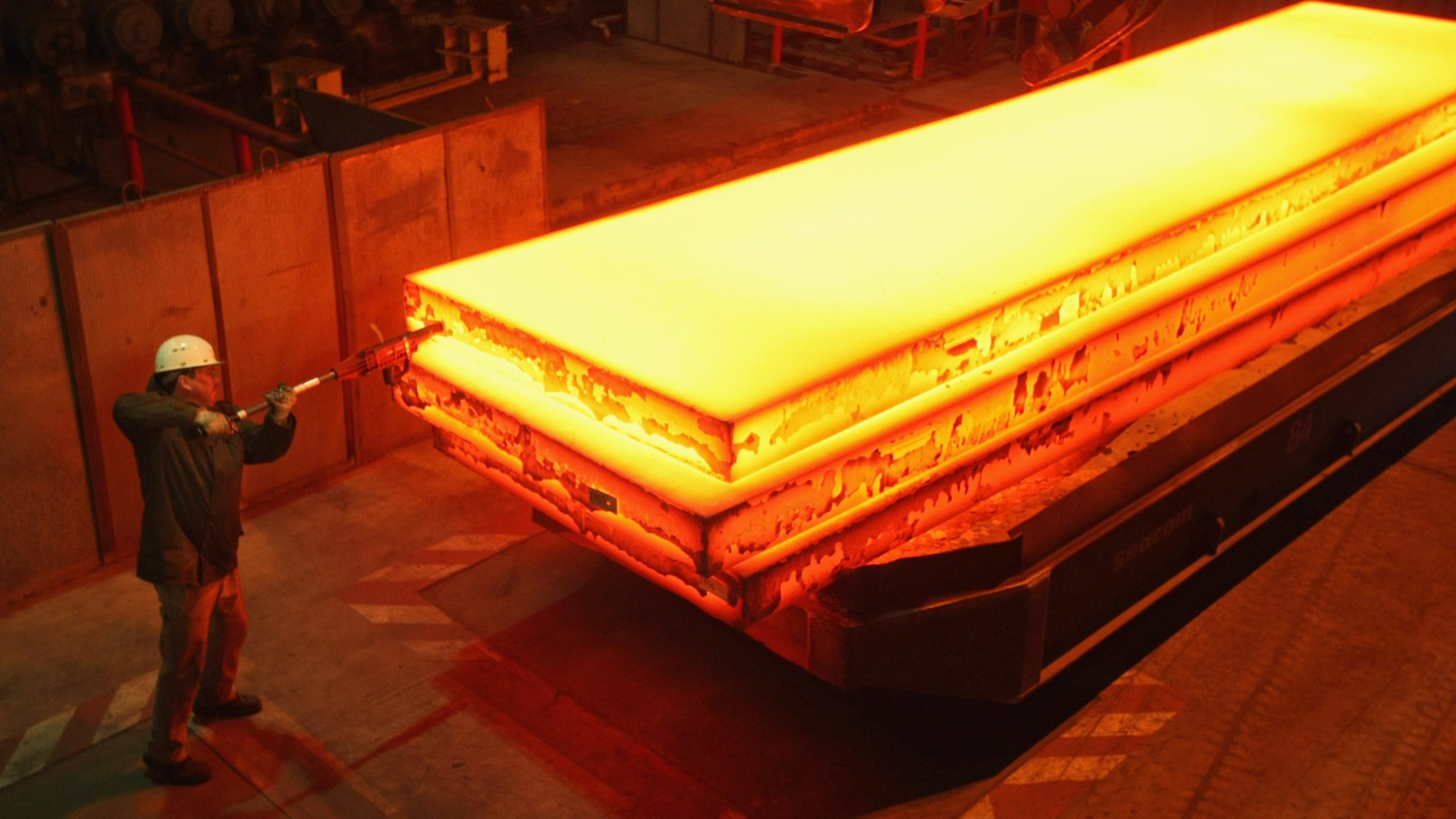
The world won’t stop using steel anytime soon. In fact, production has increased over the past decade and, supply chain issues notwithstanding, is expected to increase. The IEA report calls for more efficient use of steel, including using more scrap metal, building lighter-weight vehicles, and more. The group’s report shows that by 2030, steel demand is actually 7% lower. That’s vital to getting the world on track to its main climate goal.
The Green Steel Revolution Is Just Getting Started
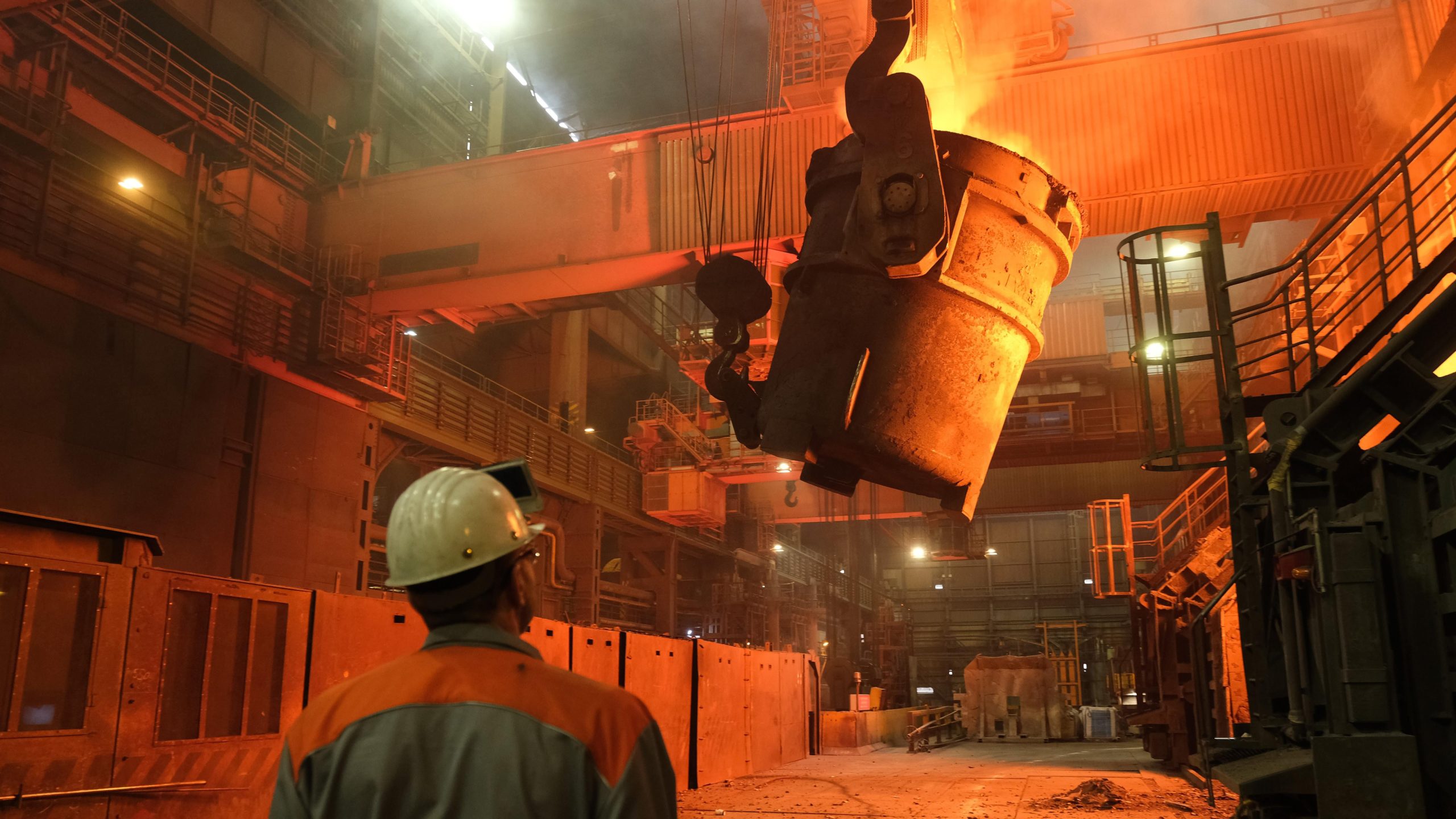
Just as important is decarbonizing steelmaking by using new technologies. Green hydrogen, which is created using renewable energy, and scaling up carbon capture and storage are both tools in the steel cleanup toolbox. A few pilot projects have yielded advancements already, showing there could be a pathway forward with smart R&D.
A partnership in Sweden delivered the world’s first green steel for commercial use earlier this year. Meanwhile, a solar-powered steel mill opened in the U.S. last month, another world-first. The Leadership Group for Industry Transition, a collection of manufacturers in hard-to-decarbonize industries and governments, has a tracker showing even more green steel projects in various stages around the world.
Policies are also ramping up to encourage more innovation. A trade agreement announced late last month will encourage the green steel industry in the U.S. and EU.
